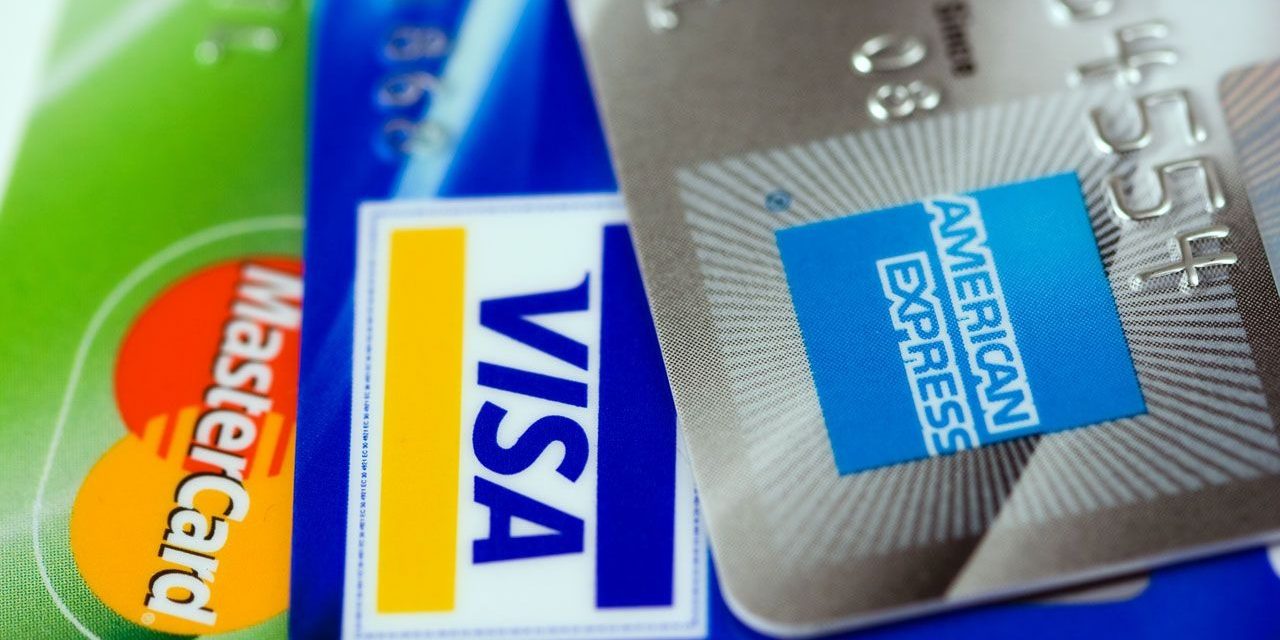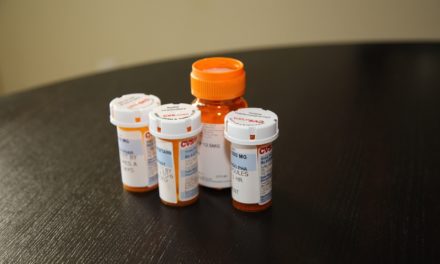With the economy showing signs of life despite the ongoing impact of the coronavirus pandemic, WalletHub’s new Credit Card Debt Study revealed that U.S. consumers paid down $118 billion in credit card debt during the first half of 2020 – an all-time record.
This record reduction in credit card debt has been driven largely by generous unemployment benefits and household austerity measures stemming from the pandemic, and the result gives us at least a bit of a silver lining to point to from 2020.
WalletHub now projects that U.S. consumers will end the year with a slight reduction in credit card debt for the first time since the end of the Great Recession in 2009. Not all areas of the country will fare as well as others, however, judging from the most recent data. WalletHub compared how credit card debt levels changed across all states during Q2, and you can see the best and worst finishers below.
California Debt: The average household in California owes $9,472 in credit card debt, following a $558 Q2 decrease.
Record Paydowns: U.S. consumers paid down $58.1 billion in credit card debt during Q2 2020 – a record for the second quarter of a year. That followed a record first-quarter paydown of $60 billion.
Biggest Q2 Debt Paydown
- California
- Texas
- Florida
- New York
- Illinois
Smallest Q2 Debt Paydown
- Alaska
- South Dakota
- North Dakota
- Wyoming
- Vermont
Q&A with WalletHub
Q: Why did credit card debt decline so much during the second quarter of the year?
A: “The fact that U.S. consumers paid off $58.1 billion in credit card debt during the second quarter of 2020 is largely attributable to the generous unemployment benefits that laid-off workers were still receiving at the time by Congressional decree, as well as the overall efforts people have made to cut back on spending and generally de-risk their finances in the face of historic uncertainty,” said Jill Gonzalez, WalletHub analyst. “It might seem counterintuitive that debt levels would decline when so many people are out of work, but that’s also when people become most frugal and when credit card issuers get stingier with approval decisions and credit limits.”
Q: Is it unusual for debt to decline during the second quarter of the year?
A: “This is the first time in more than 30 years that consumer credit card debt has declined during the second quarter of the year,” said Jill Gonzalez, WalletHub analyst. “A Q2 paydown of any amount would have been noteworthy, and one of this magnitude is big news for Americans’ wallets.”
Q: What can we expect from credit card debt levels during the rest of the year?
A: “What happens with consumers’ finances in the second half of the year depends on progress toward a COVID-19 vaccine. If a vaccine comes earlier than expected and consumer spending goes back to normal, we could see debt rebound with a vengeance. But if nothing major changes, spending and debt should remain at bay,” said Jill Gonzalez, WalletHub analyst. “Based on the current outlook, credit card debt is likely to increase by roughly $115 billion from July through December, leaving amounts owed pretty much flat for the year. If consumers manage to keep up their recent pace of paydowns, 2020 could mark the first year since 2009 that credit card debt levels actually decline overall.”
For the full rankings, please click here.
Image Sources
- American Express Credit Cards: Image by Republica from Pixabay





![Enrolling Now, Rewarding Careers Ahead [Sponsored]](https://ukenreport.com/wp-content/uploads/2024/04/COD_heroes_1-1385-2-440x264.jpg)

